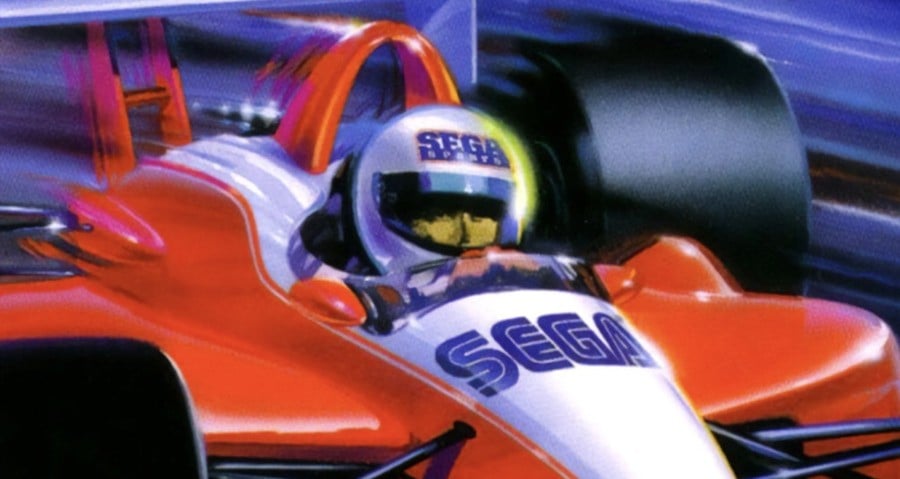
When Nintendo released Star Fox – the first game to be powered by the Super FX chip – it was inevitable that its big rival Sega would follow suit with its own in-cart hardware.
The Sega Virtua Processor was the company's answer, and, like Super FX, it was a DSP which augmented the processing power of the base hardware, with the main goal being fast and convincing 3D visuals.
In the end, the SVP only made it into a single game – the Genesis port of the arcade title Virtua Racing – and while reports of it causing cordless phones to ring perhaps didn't factor into Sega's decision to limit its use, the high cost of production certainly did.
As noted by John Harrison, the SVP was incredibly expensive, with Sega's Hideki Sato stating that it cost around ¥10,000 (around $62 in modern money) per unit. Given that the average price of a video game back in the early '90s was around $40-$60, it was clear that Sega wasn't going to be making much profit from this conversion.
In fact, in an interview with Beep! magazine dating from 1994, a Sega representative said that the company almost priced it at ¥12,800 ($80) – which was as much as the console itself was selling for in Japan at that point. In the end, it was decided that the game would be released at ¥9,800 (just over $60), but it was noted that had it included a save RAM, the price could have been as high as ¥14,800 (approximately $91).
Junichi Terashima, who created the SVP chip, confirms that the price was so steep that Sega was considering putting the chip inside a separate add-on module, which could then be used to enhance games.
While the SVP would only find its way into a single game, the Super FX chip was included in multiple SNES releases, such as Stunt Race FX, Yoshi's Island and Vortex.


